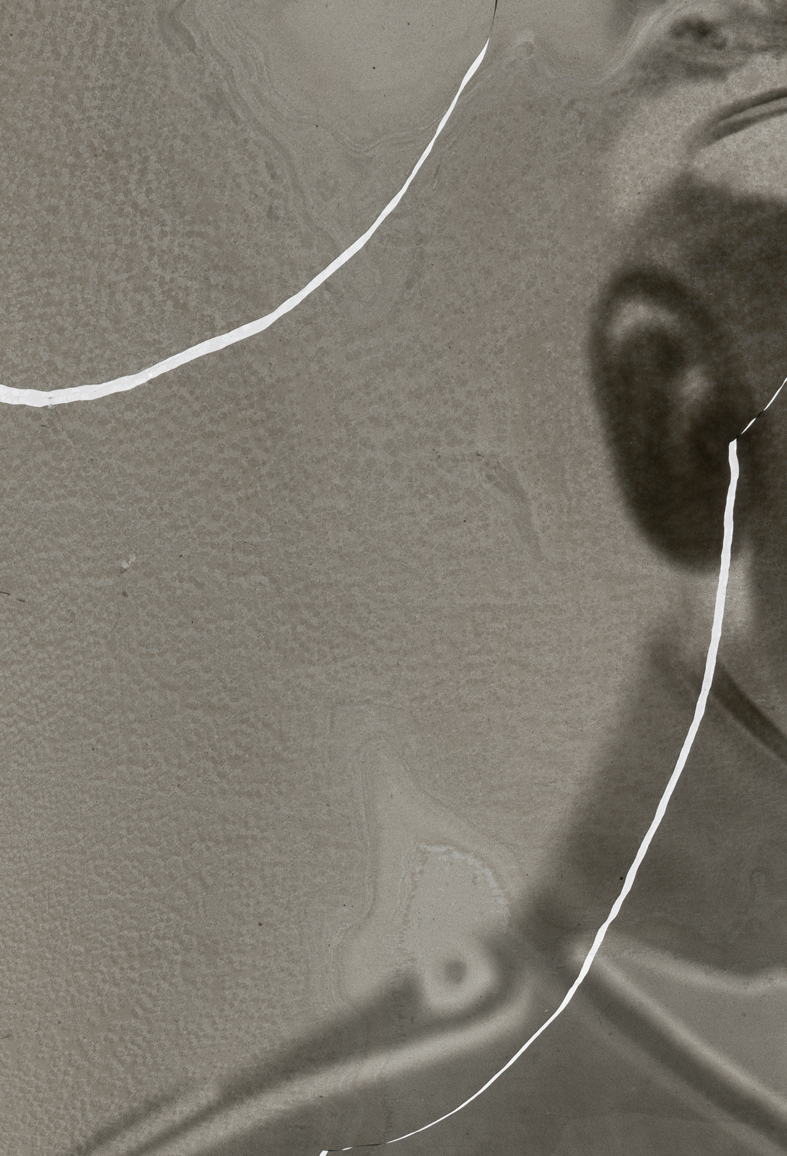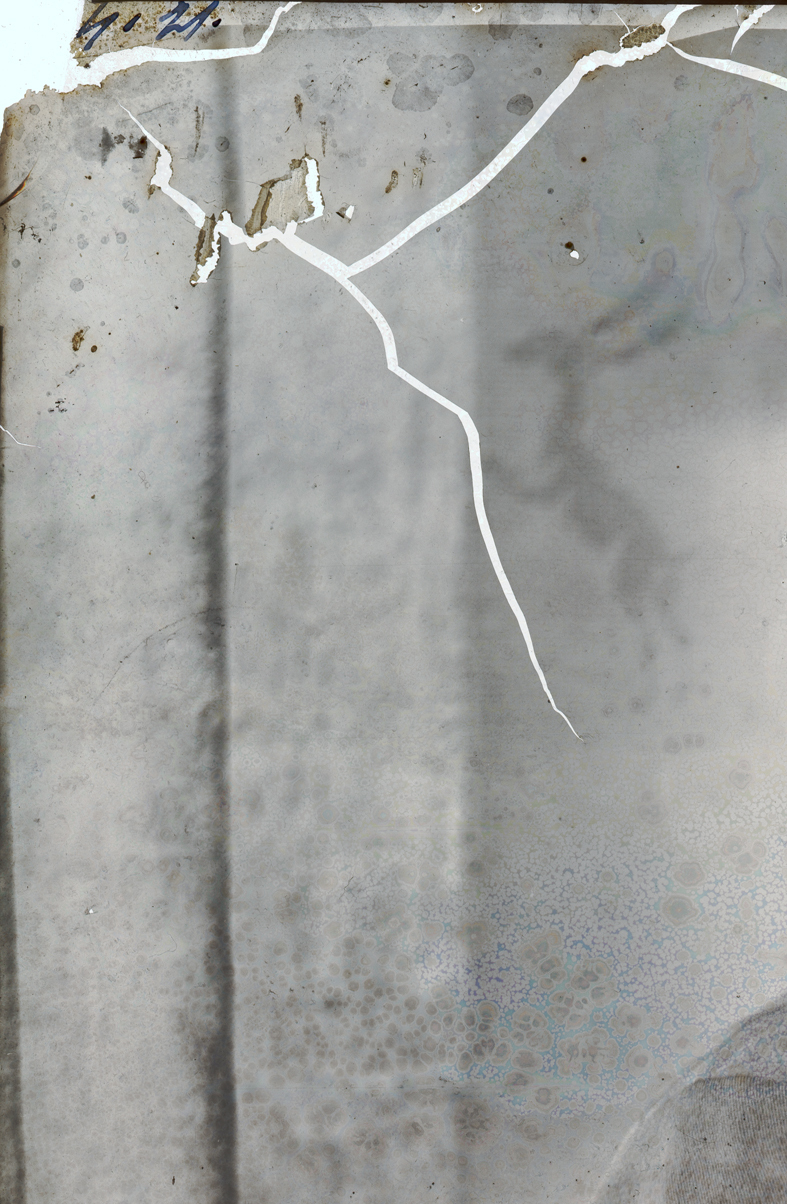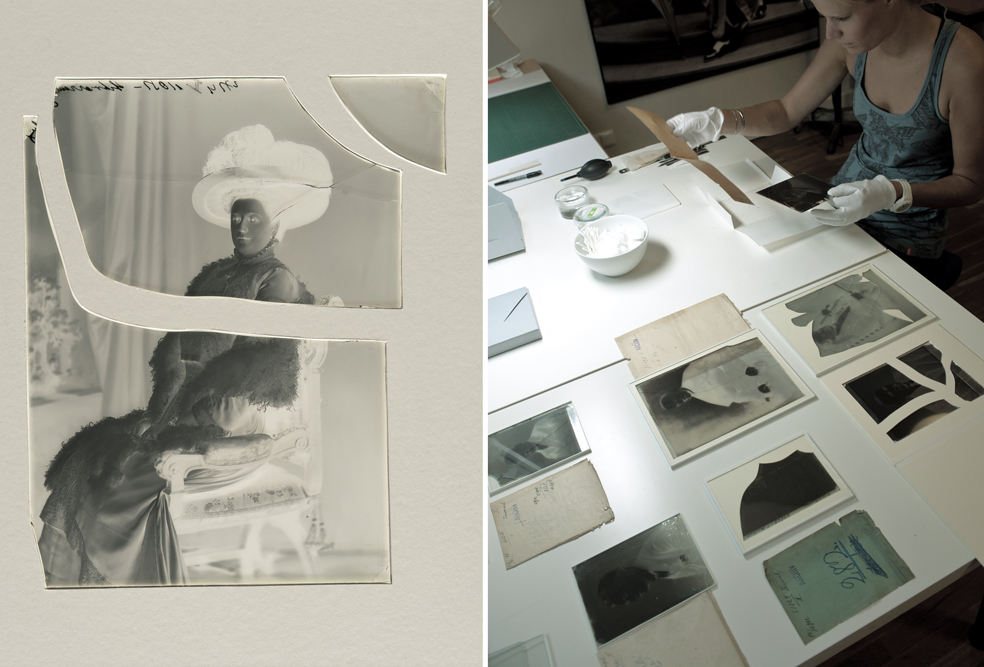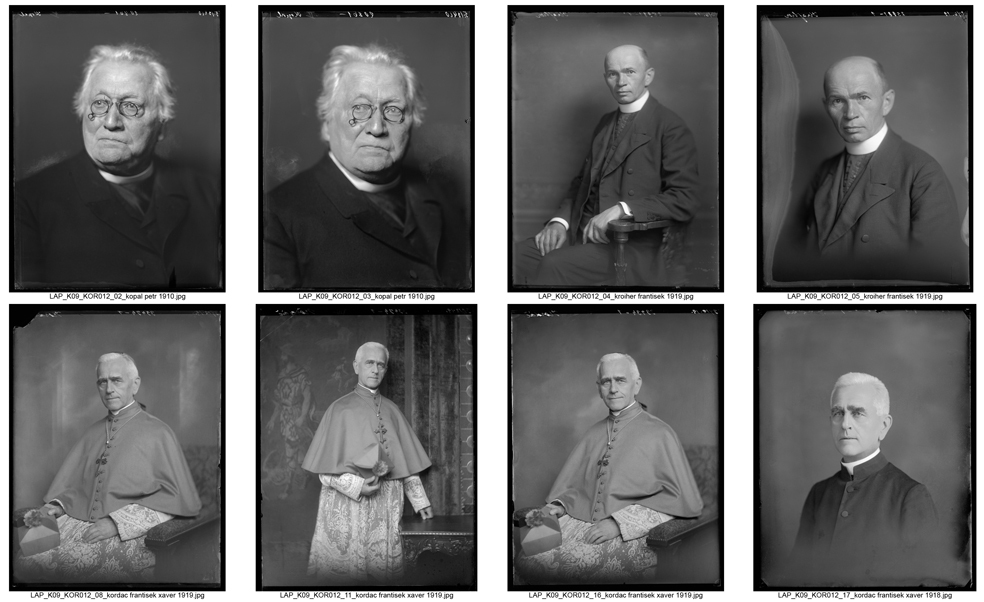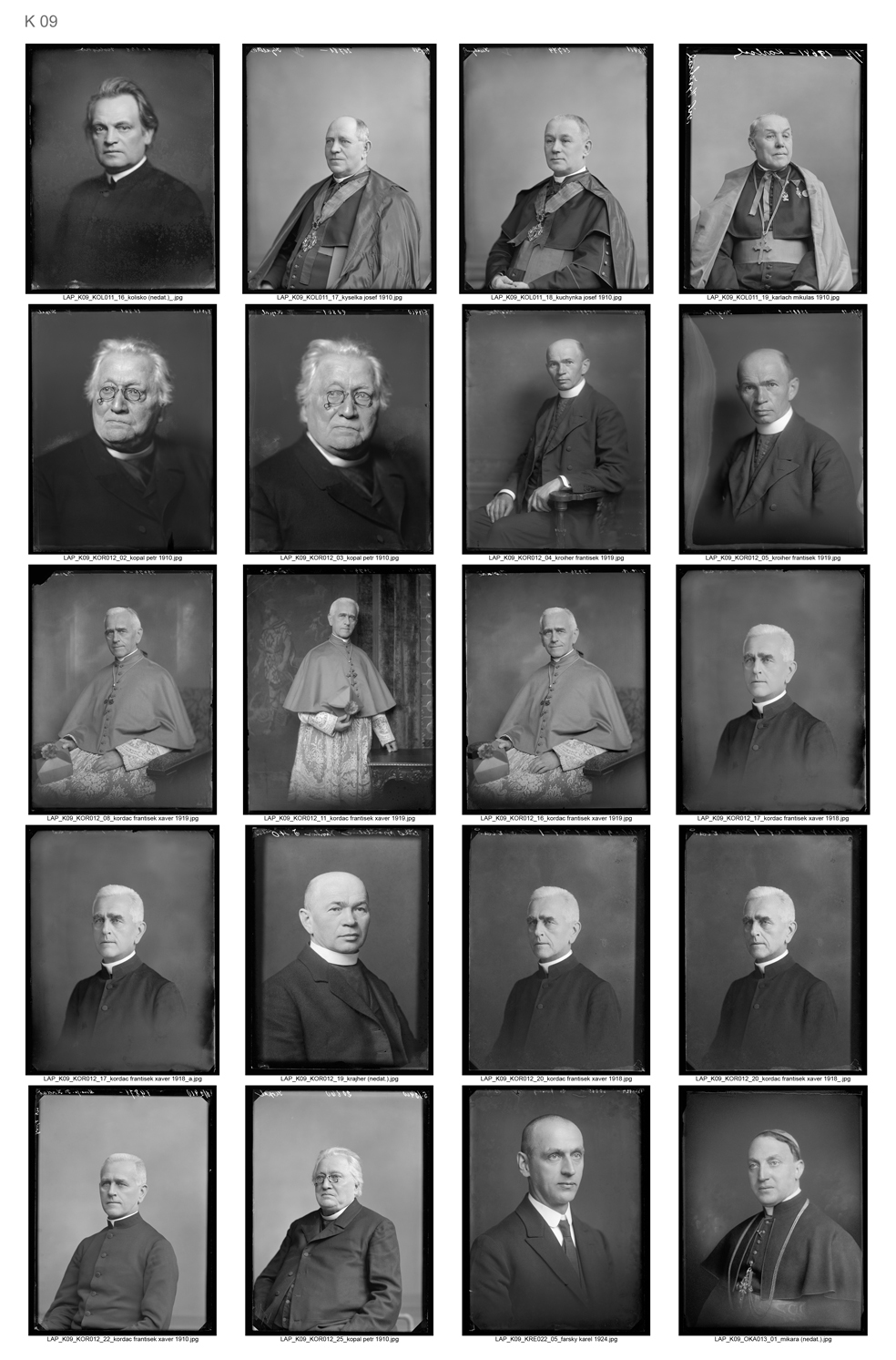Langhans Archive
In 1998 and 2000, during preparatory work for the renovation of the Langhans House, two locked cabinets were discovered during structural surveys, containing more than nine thousand glass negatives. These were portraits of notable figures photographed over seventy years at the Langhans Studio.
The Discovery of the Glass Negatives
The discovery of the negatives in the Langhans House marked the rediscovery of a unique cultural legacy. The Gallery of Eminent Persons collection now forms a key part of the historical heritage of Czech photography. In 1998, during renovation preparations of the Langhans House, a locked cabinet was found containing more than five thousand glass plate negatives. These portraits were believed to be part of Jan Langhans’ Gallery of Eminent Persons. This discovery initiated the process of preservation and categorisation.
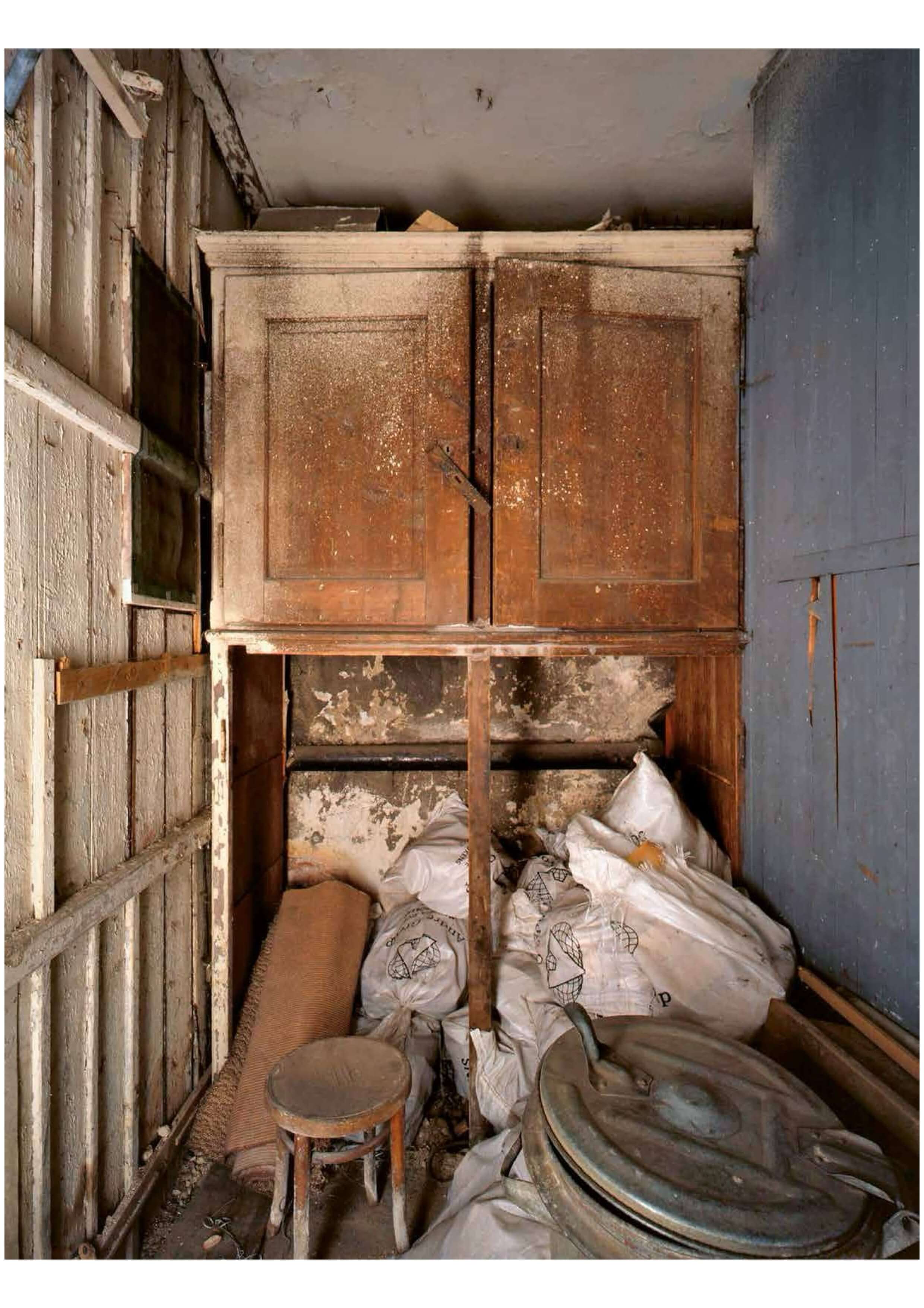
Discovery of the Second Part and Unique Historical Value
In June 2000, a second part of the collection was found, adding several thousand portraits to the original five thousand. These plates depict the faces of famous figures from the turn of the 19th and 20th centuries and reflect Prague’s role as a European cultural centre. The Gallery of Eminent Persons documents both figures from Czech history and foreign visitors and residents of Prague.
Initial Survey and Archive Categorisation
The first categorisation of the negatives was carried out by photographer Ivan Lutterer (1954–2001), who deciphered the original sorting system based on Roman numerals. Professional groups were labelled using Roman numerals, while Arabic numerals indicated the number of boxes in each category. Thanks to this systematisation, the archive’s contents could be described in greater detail, including the identification of missing items from the original collection.
Conservation and Digitisation of the Archive
The negatives were divided according to the extent of their damage—severe, moderate, or minor. This classification helped to prioritise restoration and digitisation efforts. In 2023, the conservation process was completed, and digitisation enabled wide public access to the negatives in high quality.
Langhans Archive Categories
Each category in the Langhans archive corresponds to a specific professional or social group. After 2000, the original classification system was expanded to include all negatives lacking original markings:
- I. Actors, singers
- II. Politicians
- III. Writers
- IV. Musicians
- V. Legionnaires, soldiers, generals
- VI. Visual artists, architects
- VII. Judges, officials, entrepreneurs
- VIII. Foreigners
- IX. Clergy
- X. Scientists
- XI. Nobility, folk costumes, cities, politicians, Sokol members, artists, academics, industrialists
- XII. Selection by Ivan Lutterer
- XIII. Miscellaneous
- XV. Sokol members
- XVI. Nobility
During the conservation work, categories XI to XIII were redistributed into the original categories I to X.
A Significant Documentary Record and Its Preservation
The conservation and digitisation efforts have made it possible to preserve historical portraits and make them accessible to the public. The importance of the collection lies in its authenticity, historical accuracy, and its role as testimony to the cultural connections between the Czech Republic and Europe across more than half a century.
